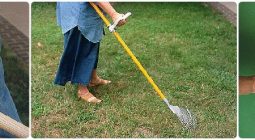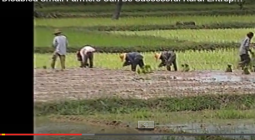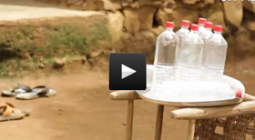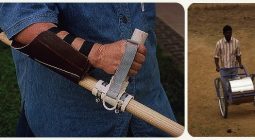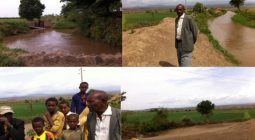None left behind
43% of people with disabilities in developing countries live in extreme poverty. Vice-versa, one in five people living in extreme poverty has a disability. Unemployment rates are extremely high among this group. Next to people with a disability, there is another vulnerable group: the elderly. Elderly people without families to take care of them make up a large part of the extreme poor. It is also a group that is growing in number, due to demographic changes taking place worldwide. This makes for a double edged sword: More and more people with disabilities are reaching an old age, and people who are getting older often acquire disabilities because of chronic diseases. The majority of people with a disability are above the age of 60, which means that the older a population gets, the more disabled it becomes. Both vulnerable groups are less likely able to move themselves out of poverty than others. Therefore, they should be an important target in extreme poverty reduction.
In developing countries, as families move to urban areas to seek greener pastures, they leave the elderly and the disabled behind. Thus, their proportion in rural populations has got higher and higher. The vulnerable rural poor depend on agriculture and agriculture depends on them. Therefore, devising practical ways to include them in agricultural water management should be an important part of efforts to address chronic rural poverty. Globally, the combination of a large number of people working in agriculture and a growing pressure on food security underscores the need to modernize smallholder farming and ensure that it is competitive and a rewarding economic activity. This further bolsters the case for creating opportunities for including people with a disability and elderly in the sector.
Why do people with disabilities need to be defined? There are different types of disabilities such as physical disabilities, sensory disabilities (e.g. blindness), intellectual disabilities and psychiatric disabilities. It is very important to be aware that in all societies there are people with disabilities and that they are excluded from mainstream development. They want to be equal members of society and want to access all services and opportunities available in society. Disability, or lack of ability, is not intrinsic. It is created when barriers hamper participation in society, when needs of people with a disability are not taken into account. These barriers are not only physical or environmental, they can also be mental or institutional.
Unfortunately there is a lack of documented experience of efforts to include people with a disability and the elderly in agricultural water management, despite their huge potential. This potential that can be realized by reducing institutional, physical and social barriers to productive employment in agriculture. The position paper ‘Disability and Age Inclusive Water Management’ states that efforts to increase inclusion of both vulnerable groups can be made along three main tracks:
Mainstreaming disability with a strong focus on enabling environments
Attending to needs for special services and/or appliances
Prevention of disabling diseases
Different sectors of agriculture need different approaches in including these groups. In irrigation for example, little adjustments can help massively, like reducing the physical burden. The scope in rain fed agriculture is less due to the inherent unpredictability of the sector. Nevertheless, small modifications of tools or increasing their role in water management can do their part. Find out more about the different tracks by clicking on them in the interactive collage above. The different images will redirect you to more info, videos, case studies, pictures, links and more.
Rural people with a disability and elderly depend on agriculture, and agriculture depends on them. They need inclusive water management that is in turn needed for more productive agriculture. We invite you to participate in this important discussion: Comment, share your knowledge and post your videos! Get in touch with us, at info@thewaterchannel.tv.

Videos
More >Articles
More >Blogposts
More >Dossiers
- Managing Desert Locusts
- Green Roads for Water
- Dryland Development
- Green Transformation
- Regenerative Agriculture
- Water and Development Partnership
- Preserving Assets - Operation and Maintenance in Delta’s
- None left behind
- Stories from the Arab World
- Water in the newsroom
- The underground drought
- Is the world getting saltier?
- Mega Irrigation
- Water integrity
- Livelihoods from Floods
- Water Productivity
- Uncategorized


